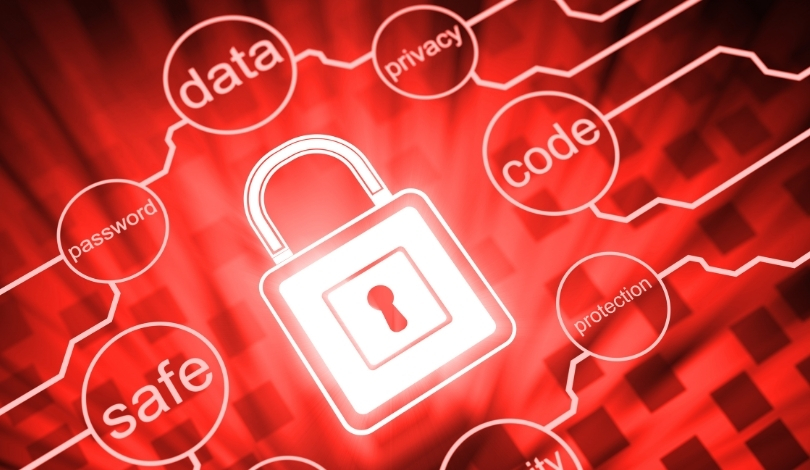As federal agencies ramp up efforts to secure their networks, the Department of Energy emphasizes the necessity of external partnerships. Recent initiatives highlight the importance of overcoming legacy system limitations through collective expertise. The push for zero-trust architecture is gaining momentum, but the complexity of existing infrastructures requires innovative solutions from both government and private sectors.
Federal agencies face significant technical hurdles in implementing zero-trust architectures, according to the Department of Energy’s chief information security officer. Collaborative efforts with technology manufacturers and experts are essential to address these challenges effectively.
How Can Vendors Assist Federal Agencies?
“There’s no question that the legacy environment and the technical debt in the government is a huge problem, and we need the vendor community to help us overcome this,”
Selby emphasized the critical role of the vendor community in providing solutions that integrate with outdated systems.
What Are the Current Implementation Challenges?
Implementing zero trust is not uniform across all agencies, as each has unique requirements and legacy IT environments. The Department of Energy manages a complex IT infrastructure, which has become more intricate with the rise of remote work during the pandemic.
Are Existing Technologies Sufficient?
“One of the things that we noticed is that when we first started the project, all 24 members said they could integrate with each other. As we continued down that path, we quickly learned that was not the case,”
Pascoe highlighted the difficulties in achieving interoperability among technologies from different vendors.
Historically, federal agencies have struggled with integrating new cybersecurity measures into their existing frameworks. Previous attempts to implement zero trust have revealed gaps in both technology compatibility and security capabilities, underscoring the need for more robust collaboration.
Addressing these challenges requires more than just technological solutions. Effective communication and organizational change are essential to overcome resistance within federal agencies. Practical steps include enhancing stakeholder engagement and providing clear guidance on zero-trust principles to facilitate smoother implementation.
Effective zero-trust implementation is a multifaceted endeavor that necessitates both advanced technology and strategic partnerships. Federal agencies must continue to engage with vendors and experts to ensure that their cybersecurity frameworks are both resilient and adaptable to evolving threats. By fostering a collaborative environment, the Department of Energy and other agencies can better protect critical infrastructure and sensitive information.










